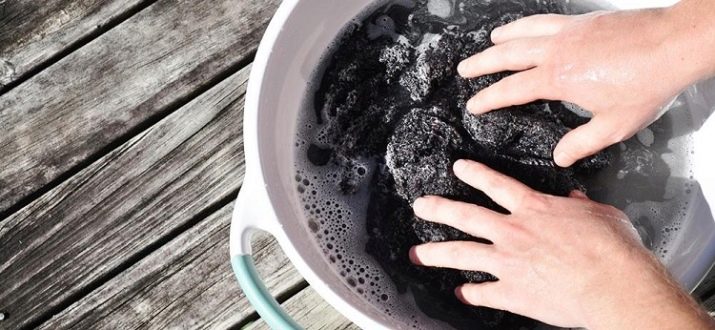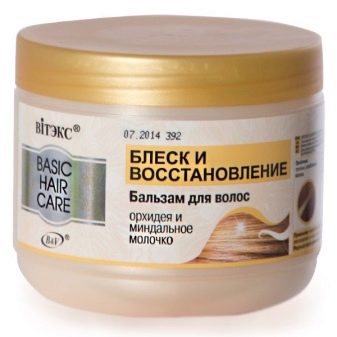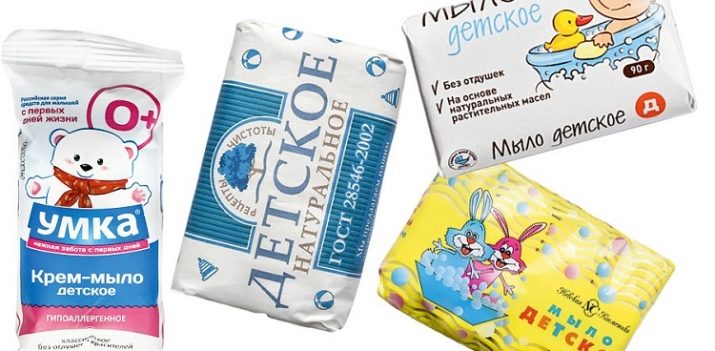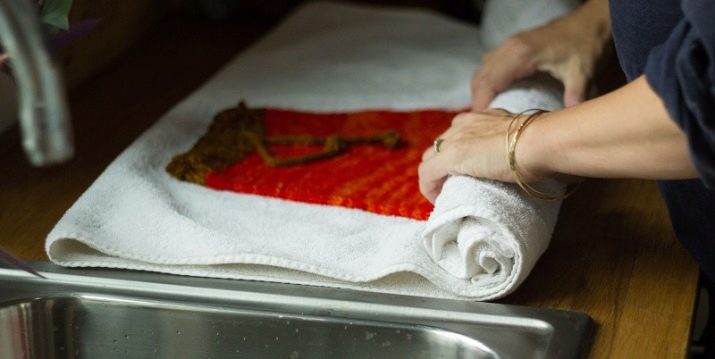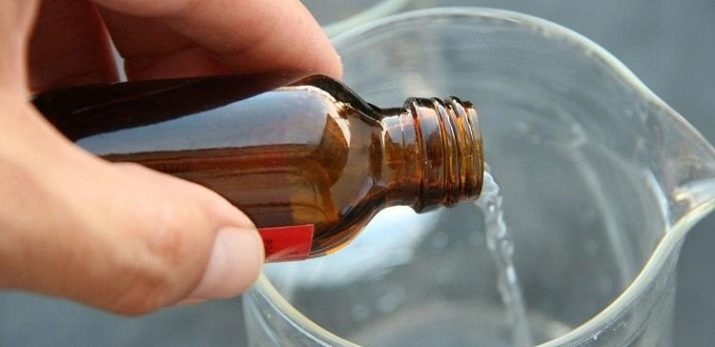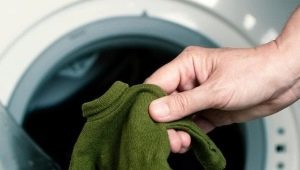Basic rules for washing knitwear

Favorite knitted Angora sweater, a beautiful dress with Aran - these things remain undeniable classics, which is still at the peak of popularity. To favorite thing served as long as possible, it needs careful care.
Knitted products (especially handmade) are made from different yarns, which rarely endure careless washing and change their appearance for the worse: then the pellets appear, the thing stretches, sometimes increasing in size, then decreases.
How to wash products from different types of yarn
To avoid such incidents, knitted items must be washed by hand. There is a category of yarn that is not afraid of machine wash. In automatic machines, there are modes that are claimed to be particularly delicate to wool and silk. But the best option is to personally take care of your favorite knitwear. If hand washing is not possible due to circumstances, it is recommended to contact a dry cleaner.
Yarn is traditionally divided into 3 types:
- natural - wool (angora, merino, alpaca), cotton, silk;
- artificial - acrylic, viscose;
- blended - combinations of wool and cotton with artificial fibers are popular.
Wool
Knitted sweaters, sweaters, dresses, hats from wool must be washed manually. In general, washing woolen things is often not recommended, they are sufficiently well ventilated in the open air.
If you took to wash a knitted sweater from wool, follow these rules:
- Woolen clothes are washed, turned inside out.
- Water preparation. The optimum temperature is 30 C, it dissolves a special detergent for wool. Gel is better rinsed out than any powder. After dissolving the product, the product is lowered into the pelvis.
- If there are old stains on the canvas, it is forbidden to rub them (especially down, mohair, angora), maximum - you can use a brush with natural bristles for a denser coat.
- Short-term presoaking is permissible.
- Wool is ideal for a sour environment, it makes the sweater soft and gentle. But the alkaline soap is better to put aside.
- Things from gentle wool should be washed as carefully as possible - immerse in warm soapy water, shake several times, not taking out of the water.
- Fluffy things before washing can be put for several hours in the freezer, after wrapping in a tight bag. This will give extra softness and fluffiness.
- To rinse woolen clothes, prepare water at the same temperature at which the product was washed.
- To rinse angorovy things stir a spoonful of glycerin or hair balm with water.
- To refresh the brightness of the color, you can acidify the water with 1 tbsp. l vinegar or lemon juice.
- Beautiful, warm and expensive cashmere sweaters are made from the finest wool. They are champions in demanding care. Even if the label states that the item is machine washable, it is better to wash it by hand (using a dry hair shampoo) or entrust it to dry cleaning. As soon as you bring the cashmere dry-cleaning item, immediately unpack it to prevent damage to the expensive yarn.
- Woolen things do not unscrew when freeing from excess moisture.
- If there are inserts made of fur, leather, suede on a knitted item, it is better to hand it in a dry-cleaner.
Cotton
Cotton is a great material for knitting. It will suit even newborn children, in the summertime it will be an ideal material for clothes. The material is not capricious, and the rules of washing are the same as for wool. remember, that cotton can sit down strongly, so the temperature regime is no more than 40 C. Cotton knitted clothes can be washed in a typewriter on a delicate mode; however, if you purchased or tied a mercerized cotton openwork dress, do not be lazy and wash it by hand.
Linen
Another great natural material is flax. Linen yarn is successfully used for knitting summer clothes, they are light, breathable, durable, do not lint and quickly dry. Products from flax can even boil, but you should not experiment with a handmade dress like that. It is enough to choose the temperature up to 60 C.
Silk
Knitwear from silk is washed in warm water with the addition of a special gel. It is recommended to use shampoo for dry hair or baby shampoo. Another option - baby soap without any additives, planed and stirred in water. Ammonia is added to water: 1 tablespoon per 8-9 liters. Rubbing silk products is not recommended, in case of severe contamination they are washed several times, changing water every time.
Artificial Yarn
The basic rules for washing things made of artificial yarn:
- Viscose products very reminiscent of silk in appearance, but can greatly stretch after washing. Therefore, the maximum temperature for washing viscose - 40 C, unscrew these products can not.
- Acrylic knitted clothes not so demanding to care, easy to wash, does not require special detergents, but the fabric has its own nuances. Products tend to stretch, so if you erase acrylic in a washing machine, use a delicate mode, temperatures up to 30 degrees, low spin turns and a special laundry bag that will protect the acrylic item from deformation.
Products from mixed yarn are washed in a typewriter and manually, but they should not be twisted and hung to dry. To gently squeeze the woolen thing, you need to lay it on a towel, which then rolls into a roller.
To dry knitwear laid out on a clean towel, spread on a table or board, and hang the thing on a hanger or rope can not be, it can be deformed. Instead of ironing, steaming is preferable.
Few tricks
Additional tips will help to more effectively rid the wool thing from pollution:
- For washing knitted things you can use shampoos, picking up the fragrance for men's, women's and children's clothes.
- The knitted cap cannot be twisted off; therefore, after washing, the thing is put in a pelvis in a basin and waited for the water to drain.
- If you want to reduce the size of a woolen thing, wash it at 50 degrees, and rinse at 10. If you want to stretch the product, then steam it with an iron through a cloth to the desired size.
- Shampoos for long-haired cats are good for washing wool items - their wool is especially susceptible to tacking into mattes, and the composition of the shampoo is designed with this in mind.
- The collar of the sweater will not stretch, if you wash it over the edge before washing, using thick threads.
- Shiny areas on a woolen cloth are cleaned with ammonia solution, after which they are ironed through paper.
- Button loops grease the inside with colorless varnish to avoid rapid deformation.
- Wooden buttons are recommended to wrap with foil or cling film.
- The white color of the wool will update the addition of borax to the water during rinsing, as well as the use of peroxide during washing.
- Knitwear of dark shades can be washed with mustard: a cup of dry powder is stirred with water until a mushy state, infused for 30-40 minutes, after which it is added to the water for washing. For rinsing after mustard in 10 liters of water diluted with a teaspoon of ammonia.
Compliance with these simple rules will help you properly care for your favorite thing so that it pleases you as long as possible.
How to wash knitted things, see the next video.



